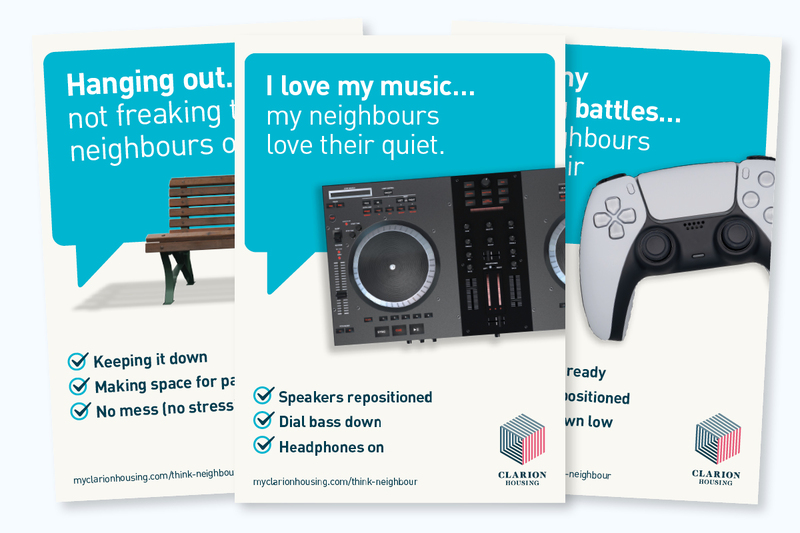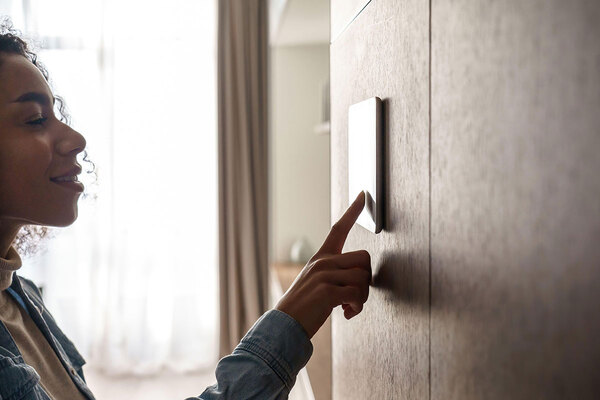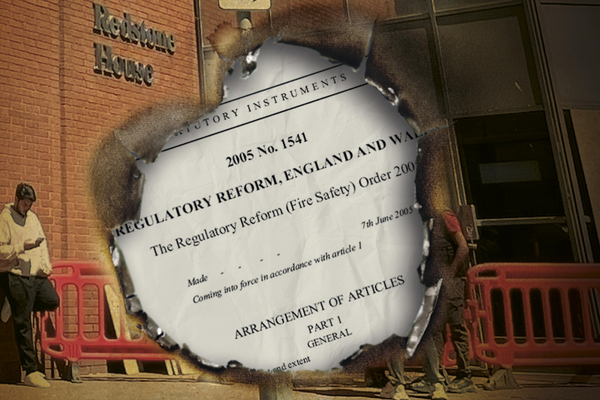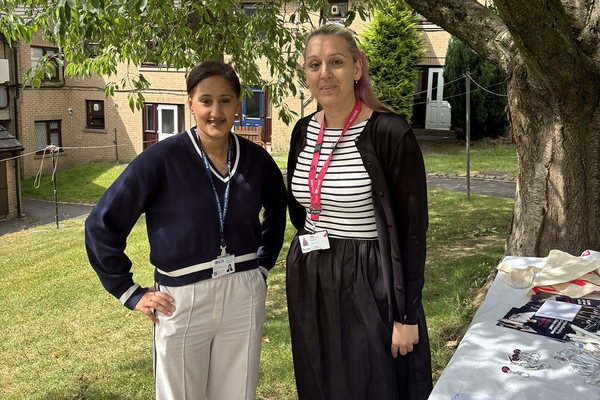You are viewing 1 of your 1 free articles
A proactive, anti-blame approach to noise complaints
Noise can have a huge impact on well-being, but often an anti-social behaviour policy isn’t the best fit. Is there a cheap and easy way to proactively tackle noise complaints? Faima Bakar reports
Learning goals
- Take noise complaints seriously from the get-go. Make sure residents know you appreciate the impact it has on them and are taking action.
- Don’t jump to blame the noise-maker. It is unlikely to be malicious intent, so take time to understand the root cause.
- Think about small and easy solutions which are easy to action. Earplugs, soft closers and headphones don’t cost too much and can be delivered the next day. Be creative – there may be solutions that aren’t obvious.
- Work with residents to encourage neighbourliness and enable ongoing conversation. A subjective test can help them see each other’s perspective.
Noise complaints can cause huge disruption to people’s sleep, work and overall well-being, and “can erode community bonds – leading to a wider, deeper sense of dissatisfaction”, according to the Housing Ombudsman’s 2022 Spotlight report on noise complaints. But these behaviours are usually dealt with under an anti-social behaviour policy, despite the fact most of it is unintentional. Which is why one housing association has decided to do things differently, introducing noise toolkits in October 2024 to tackle disruption proactively, without placing blame.
“Covid has made noise pollution in the home worse as more people spend more time at home, and local authorities are also overstretched and can’t deal with statutory noise, so we fill in that gap to deal with it,” explains Nicola Carr, assistant head of housing at Clarion Housing Group. “I did loads of focus groups with residents and they said noise affects their mental health massively, because their home is not the sanctuary it’s supposed to be. So we have to show we take it seriously and can act fast.”
The idea seems simple: a fund that allows housing officers to quickly and easily access low-cost noise reduction measures, including soft closes, furniture pads, carpeting, earplugs and acoustic underlay.
“Housing officers are able to identify the problem, speak to the resident and get the items they need – usually delivered the next day via Amazon Prime,” Ms Carr says. “Even though it’s something small, we’re actually taking action, and we’re taking the concern seriously.”
The toolkit has suggestions of practical items that can help with noise complaints for either party, but it also allows for flexibility by the housing officer. “If housing officers identify something else that may help, they can purchase it. As long as it’s low cost, it’s practical and it will reduce some of the noise transfer, then it’s fine.”
Ms Carr says that no two families are the same and housing officers can get creative with their response, recalling one family who had two autistic children that were prone to noise. A housing officer who spent time with the family decided to buy sensory lights, which helped the children calm down and reduced the noise. In another case, she says, they received complaints about a teenager who was gaming late at night. “So we bought him wireless headphones and that resolved the issue.”
Ms Carr put forward the idea for the ‘noise toolkit’, and received funding from the organisation’s Good Ideas Fund. While the £10,000 funding ends in April after its pilot year, Clarion has an agreement in principle with its regional directors to fund the noise toolkit over the next financial year for 2025-26.
Building relationships
The noise toolkit is coupled with its Think Neighbour policy, which focuses on building and maintaining neighbour relationships, aiming to prevent anti-social behaviour by addressing issues early. There is signage around Clarion properties which encourages good neighbourly practice and to be mindful of how people behave.
Clarion’s approach is to treat the property, not the person, as it is usually not their fault. Tenancy specialist manager Dan Dear says: “Household noise is rarely malicious or caused with intent to cause distress. It is, in most cases, structural/insulation due to converted street-side units.”
“The industry needs to learn to listen to our customers. They are the ones who are affected, and what might seem trivial to us is a really big thing for someone else”
Mr Dear adds that it is vital the landlord shows they take noise complaints seriously and appreciate the impact. “I think the industry needs to learn to listen to our customers. They are the ones who are affected, and what might seem trivial to us is a really big thing for someone else, particularly when there are vulnerabilities around mental health.”
Subjective tests
Clarion employs a case-by-case approach, using noise monitoring apps and subjective tests to identify noise sources and implement solutions. The noise app that Clarion used before they implemented the toolkit allows tenants to record the noise pollution they are exposed to in real time, which allows housing officers to decide on the appropriate response. A subjective test, meanwhile, allows the resident to swap homes with their neighbour to see how the noise can be heard from a different property and imagine how it might impact them. Clarion also uses a noise app which records intensity, the GPS location and types of noise that both the landlord and tenant can use to communicate and share sound recordings.
Often noise complaints arise from children running, loud footsteps or doors slamming, in which case soft closes or carpeting would be implemented. In some cases, carpeting (which is not part of the fund) may not be an option due to allergies, so underlay beneath hard flooring can be used to reduce sound transference.
Mr Dear explains that there are some types of housing stock that are more prone to noise pollution, such as street-side townhouses converted into flats that do not meet modern acoustic standards. Where the toolkit doesn’t cover these issues, Clarion has to get creative and fund its own solutions.
“Acoustic specialists are brought in to use specialised recording equipment to measure noise levels and provide recommendations. That is a challenge, as the process of implementing these measures can be lengthy due to regulations around fire safety and other considerations.”
Adapt to customer needs
While the noise toolkit and Think Neighbour policy is relatively new, Mr Dear and Ms Carr realise that it is not a silver bullet and they will need to continue to adapt to their customers’ needs.
Mr Dear says: “We encourage people to speak to their neighbours first and try to agree on a solution together. But then we’ve got other things in there, so we’ll mediate between neighbours, we’ll arrange professional, independent mediation and we’ll do that really early on.”
“Small actions can be really effective. We’re not promising to resolve their issues, but the items that we’re offering might reduce the impact on them and the effects of the noise,” Ms Carr says. “These noise issues are often about managing the relationships between people, as well as the practical issues, because both are really important and can have serious effects on our customers and their mental health.”
Subscribe to Inside Housing Management and sign up to the newsletter

Inside Housing Management is the go-to source for learning, information and ideas for housing managers.
Subscribe here to read the articles.
Already have an account? Click here to manage your newsletters.
Latest stories








